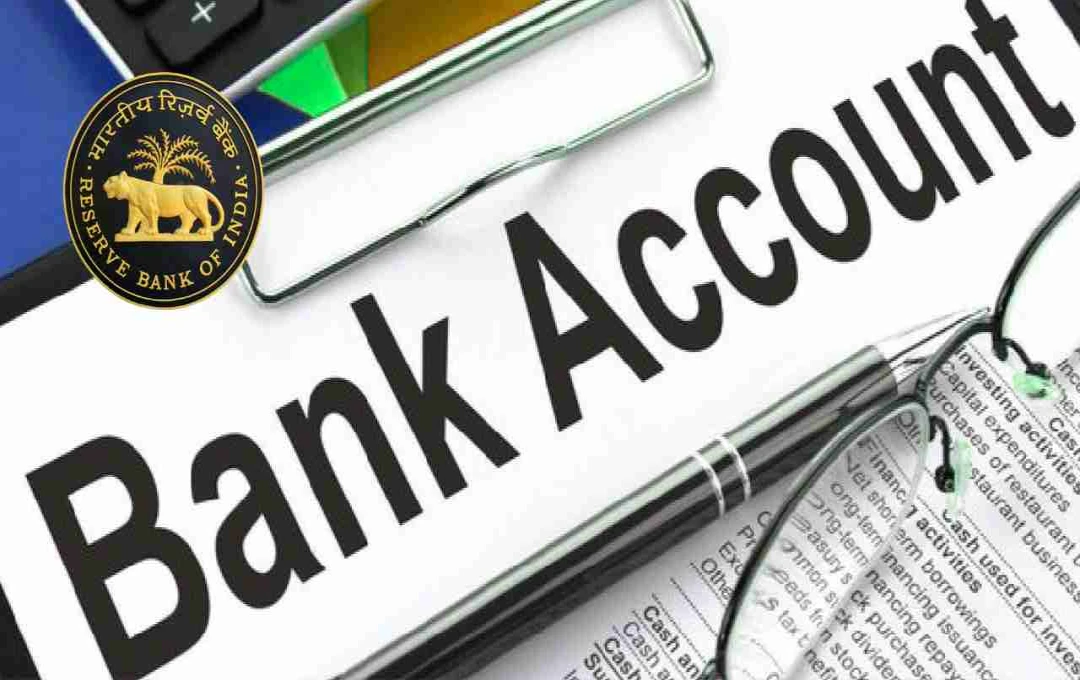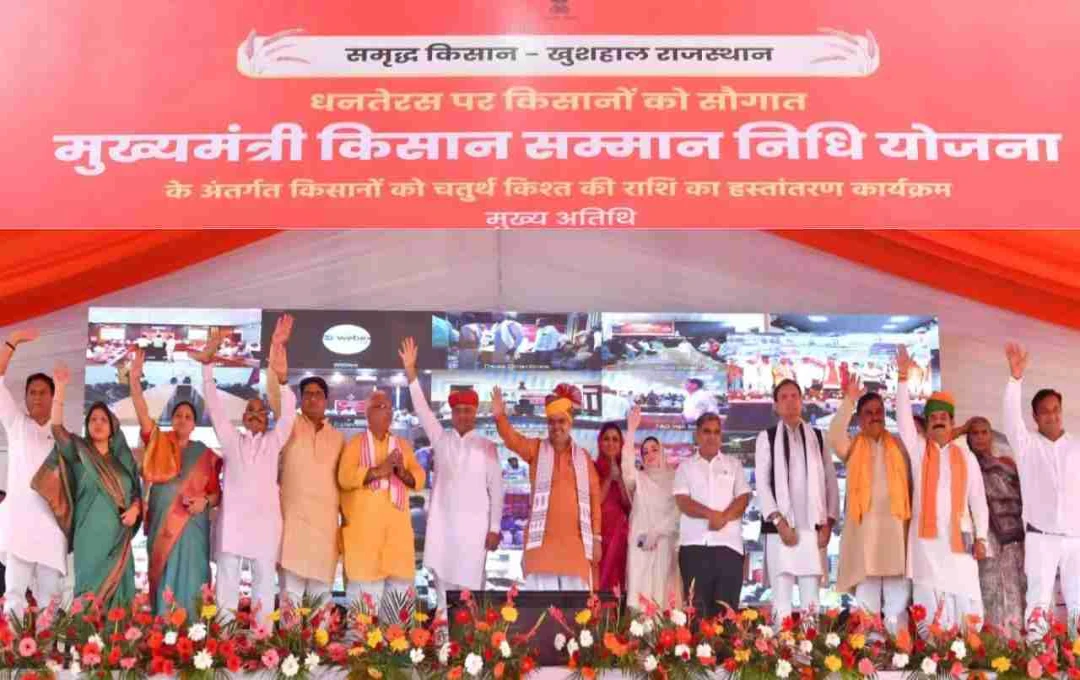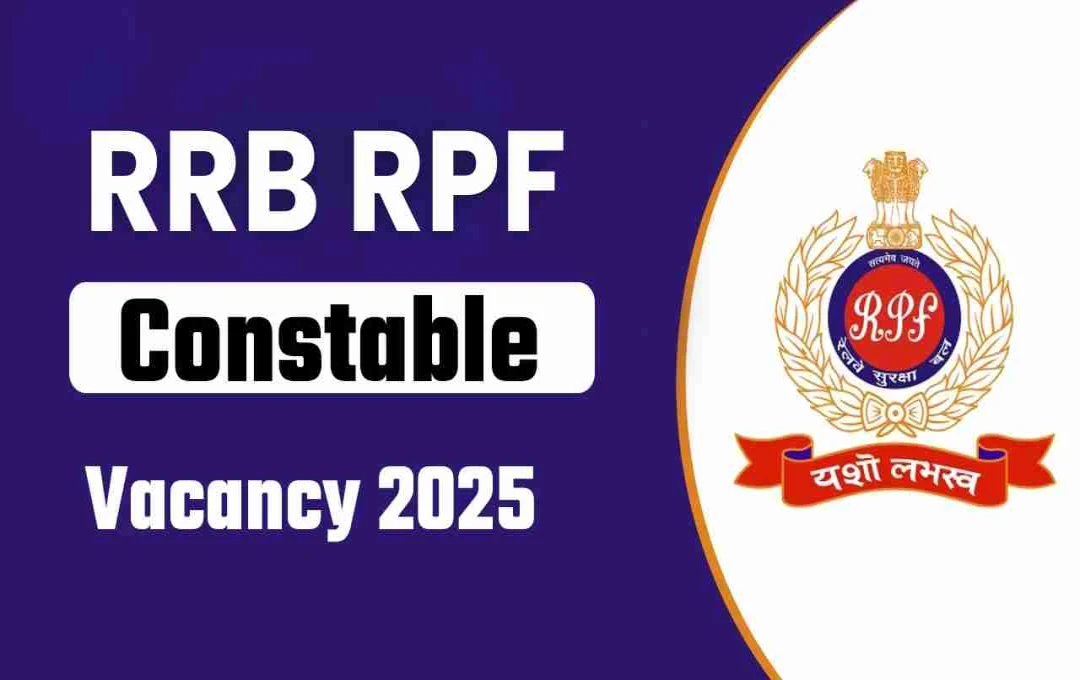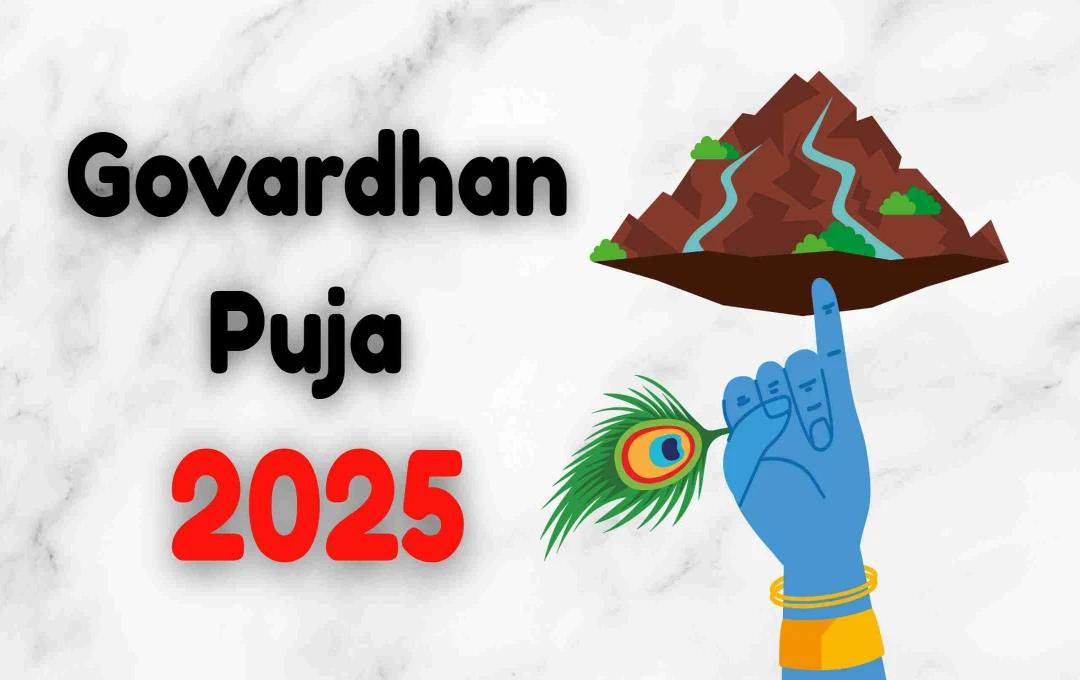According to the RBI, account holders can reactivate their dormant accounts by completing the KYC process, which now includes a video identification process.
New Delhi: The Reserve Bank of India (RBI) has issued new guidelines, modifying procedures related to dormant accounts and unclaimed deposits. This step aims to reactivate accounts that haven't been used for an extended period. If you haven't conducted any transactions in your bank account for the past 10 years, this news is highly relevant to you.
The RBI's decision aims to optimize the use of dormant funds in banks and simplify the process of restoring account holders' access to their accounts. Under the new rules, such accounts can be reactivated provided the customer updates their KYC information.
Definition and Current Status of Dormant Accounts
According to banks, any savings or current account with no transactions in the past 10 years is considered inoperative or dormant. This rule applies to all public and private banks. Additionally, accounts with deposits on which no claim has been made for 10 years are categorized as 'unclaimed deposits'.
Currently, banks transfer the amount from such accounts to the Deposit Education and Awareness (DEA) fund. This fund is used for protecting customer interests, awareness campaigns, and financial literacy initiatives. However, even after transfer to this fund, the customer can still claim their money.
Process for Reactivating Accounts

According to the RBI's new guidelines, the KYC (Know Your Customer) process for reactivating dormant accounts has been simplified.
Account holders can now reactivate their accounts through the following methods:
- Video KYC facility: Customers can now verify their identity through video calls. A bank-designated app or platform will be used for this purpose.
- Assistance from Business Correspondents: For customers in rural and remote areas, banks will facilitate KYC updates through Business Correspondents (BCs).
- Option for physical verification: Traditionally, customers can visit a branch, submit their documents, and reactivate their account.
The RBI has instructed banks to inform account holders about these facilities and proactively contact them to reduce the number of dormant accounts.
DEA Fund: Responsible Management of Dormant Funds
The RBI has also clarified that account holders retain their rights to funds transferred to the Deposit Education and Awareness fund. Whenever a customer submits a claim and verifies the necessary documents, the bank will return the amount.
The main objective of the DEA fund is to reconnect account holders with their funds who, due to lack of information or other reasons, have become disconnected from the banking system. The fund is also used for financial education and consumer awareness programs.
Who will benefit from the new rules?
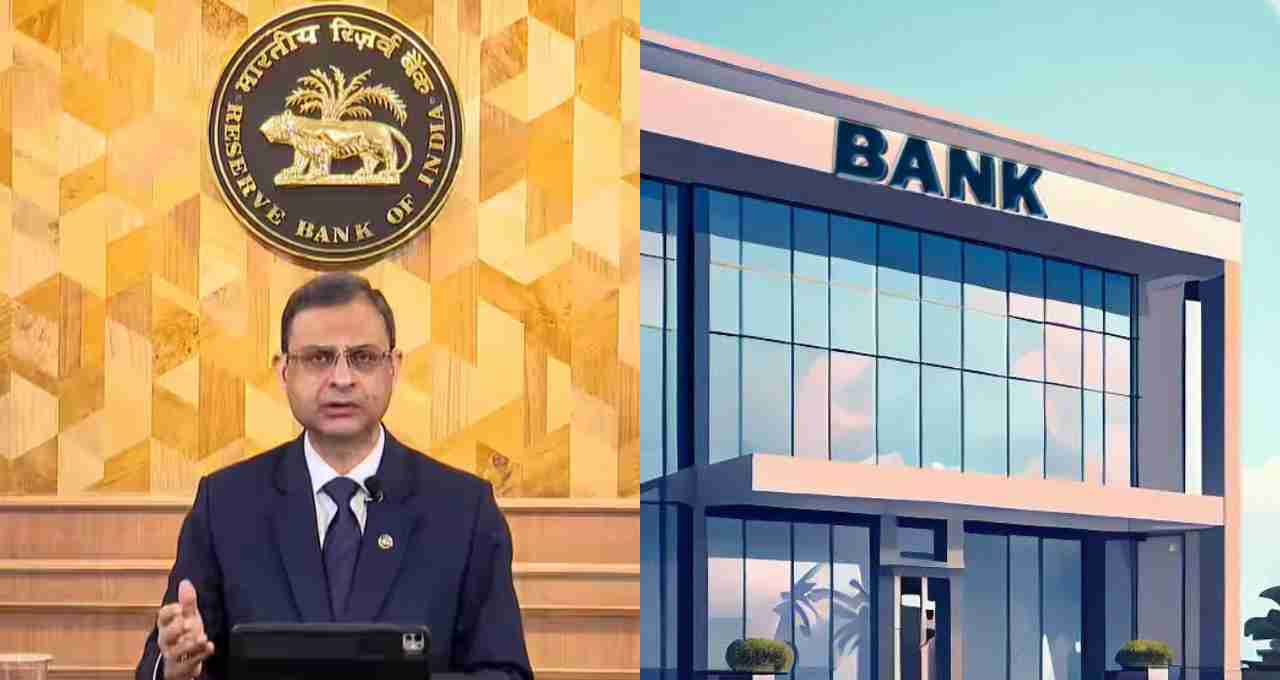
The RBI's decision will directly benefit millions of customers whose bank accounts have become dormant. Especially senior citizens, rural residents, migrant workers, and those unfamiliar with digital banking will now be able to easily reactivate their old accounts.
Additionally, it will lead to better management of dormant funds within the banking system. Banks will also have the opportunity to reconnect with account holders and encourage the active use of their accounts.
